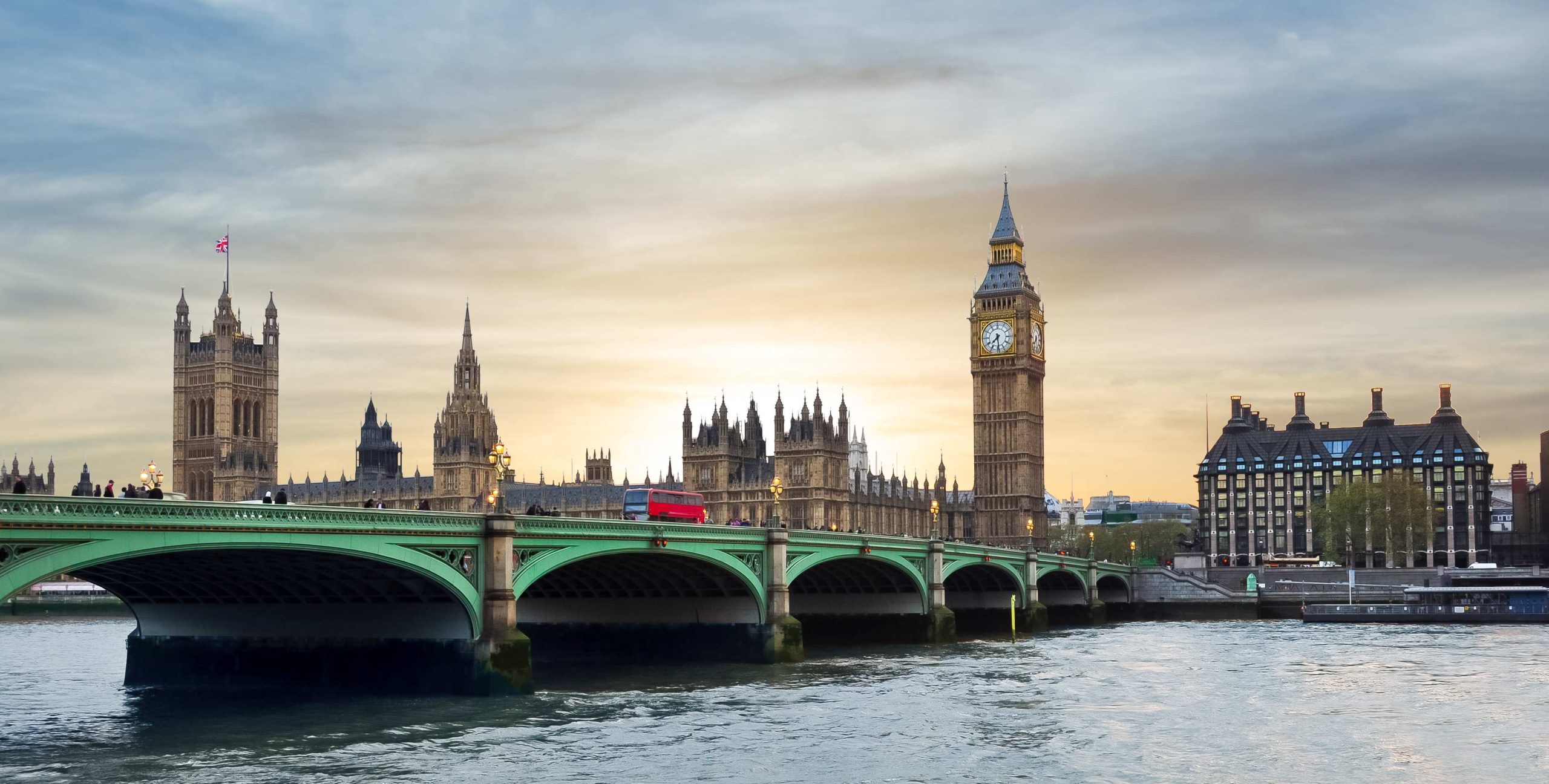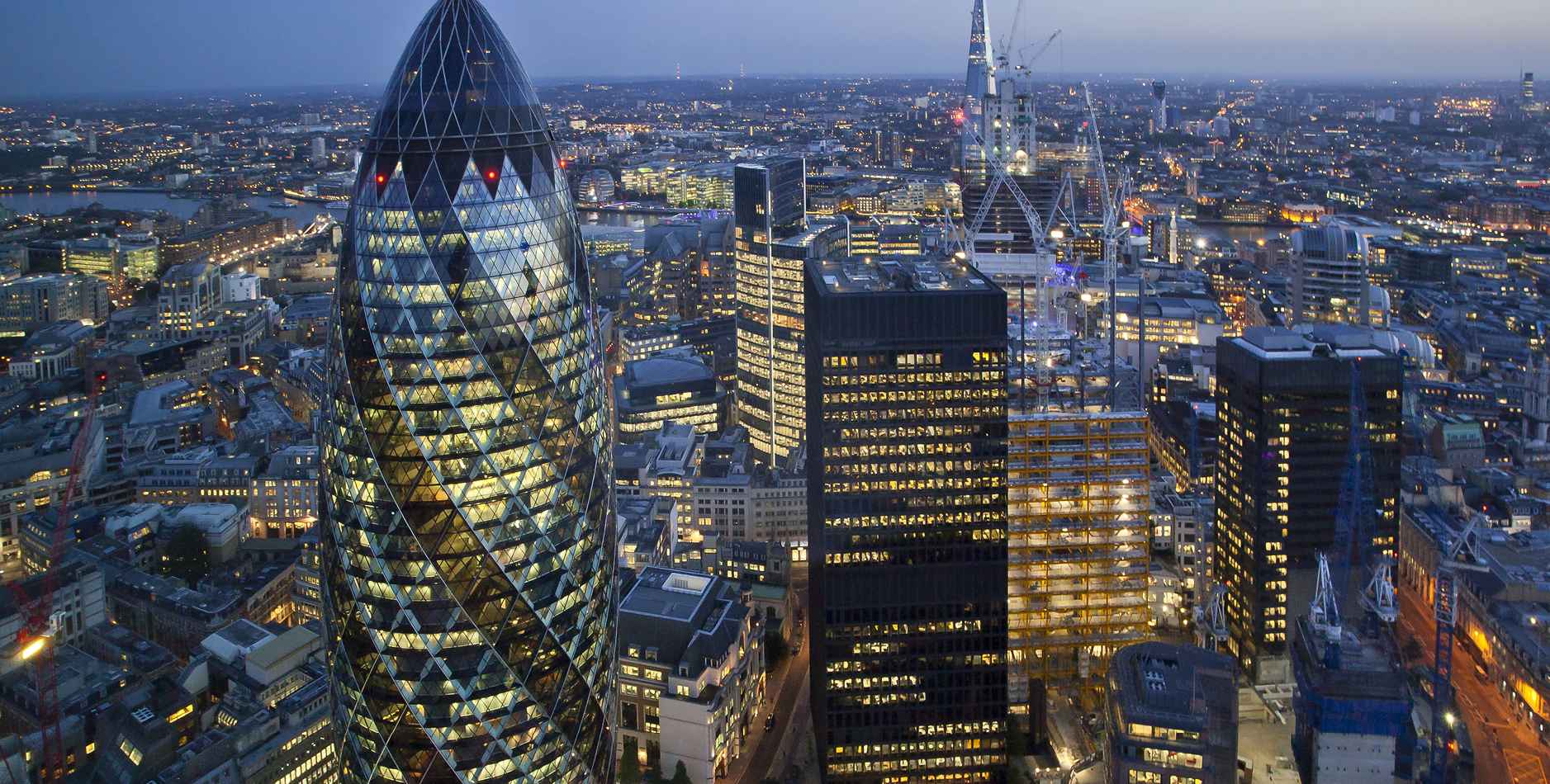Protect the planet, better your business: How to reduce your corporate carbon footprint
20th August 2024

Our planet is at risk. And we’re the ones responsible! That’s according to the United Nations who found that fossil fuels, such as coal, oil and gas, are the largest contributor to global climate change accounting for 75% of greenhouse gas (GHG) emissions and nearly 90% of all carbon dioxide emissions.
And while it can be a tough pill to swallow, the good news is, experts say we still have an opportunity to change course and avoid the more dire impacts of climate change if we act now.
Although mass buy-in depends largely on governmental policy to make changes mandatory, climate change and other environmental issues are not solely a government problem to solve. Regional communities, businesses, and institutions also need to be held accountable for assessing their own impacts of the environment and how they can cull these. But where do we start?
Why does it matter?
Excess carbon emissions are warming the Earth, and having catastrophic effects on the environment including:
- Overheating of the planet
- Rising sea levels
- Increased flood risks
- Severe degradation of coral reefs
- Destruction of habitats for plants and animals
There are many dangers associated with these effects, particularly as we close in on a point of no return where climate change is involved. For example, rising sea levels and increased flood risks threaten infrastructure necessary for local jobs and regional industries, while coral reef degradation can mean a lack of protection for coastlines from storms and erosion, as well as decreased food and medicine for over half a billion people who depend on reefs for food, protection, and income. Similarly, overheating of the planet is disturbing the balance of nature and changing weather patterns, posing risks to all forms of life on Earth.
Neglecting to look after our planet will only backfire on us, our future generations, and the wonderful wildlife we have on planet Earth, and so, this should be a cause everybody is committed to improving.
How can I help?
As a global population, it’s our duty to protect the planet we live on—and when you run a business where your value chain includes stages like material sourcing, production, consumption, disposal, and so on, the impact you’re having can be much greater than others.
Because of this, it’s an important of any company’s responsible business practices to consider the environmental impact they’re having, and how they can reduce it in both the short- and long-term. One key measure environmentalists focus on with regard to the planet is the amount of GHG emissions we are emitting—this is known as our carbon footprint.
5 ways to reduce your carbon footprint
Your corporate carbon footprint measures the total of all GHG emissions related to your business activities, with some businesses including supply chain emissions in this calculation.
Finding ways to reduce this is imperative to protecting our planet and reversing the signs of climate change we’re already experiencing. Not sure where, or how to start? Here are five ideas to get you going:
1. Identify your carbon hotspots
Before setting out to meet ambitious targets, it’s crucial you take stock and identify your so-called carbon hotspots. These are those areas of your business where your operations are producing the largest amounts of GHG emissions. Although this might seem like a daunting task, it’s likely you already do it to some extent as part of your government’s environmental policy. For example, in the UK, we adhere to our government’s Streamlined Energy and Carbon Reporting (SECR) policy, which requires public reporting of carbon emissions and energy use.
Common carbon hotspots include energy usage e.g., electricity, transportation, supply chain, and any waste disposal processes you have in place. If you’re struggling to identify these correctly, it may be useful to use categorisation (scope) guidance from The Greenhouse Gas Protocol. These three scopes—Scope 1, Scope 2, and Scope 3—are the ways GHGs can be measured and managed for all organisations and industries and will remove the potential for double counting emissions.
2. Set attainable targets
Being passionate about sustainability and the environment is something to be proud of. But don’t fall into the trap of setting unrealistic targets to try mirror your strong enthusiasm for contributing to the climate change reversal cause. Many companies nowadays are looking to avoid this by confiding in experts and organisations that can help them set realistic, and impactful targets.
For example, at Davies we are part of the Science Based Targets initiative (SBTi) which is a corporate climate action organisation which support businesses to set GHG emissions reductions targets in line with what’s needed to keep global warming below detrimental levels.
3. Get your workforce on board
Jumping from target to target and trying to do it all at once can have harsh consequences on your business, particularly with your workforce who may be resistant to change. So, keeping them updated with what, when, and why things are happening will be key to success in meeting or exceeding your targets.
Everyone within your company will be at a different place with their environmental journey—some may not have even started it yet. But, educating your workforce about why it’s important to the company, and yourself as a leader, can help to ensure they commit to it within work hours at least. If you think it may be helpful, providing training on the subject can help to elevate the cause in the colleagues’ minds and get them thinking more closely about both their personal and the corporate impact on the planet.
On the other hand, if you have some colleagues who are particularly keen to be an integral part of the corporate change, why not give them a platform to share their enthusiasm. For example, we have an EcoDavies Employee Resource Group (ERG) based on encouraging and educating the business on sustainability and feeding back recommendations to help leadership make the most impactful decisions to reduce our carbon footprint and help us meet our Planet KPIs. Similarly, all our employees have access to sustainability training on our Thrive learning platform, to give everybody the opportunity to develop their knowledge in this area.
4. Think sustainability
Although the supply chain is not always considered by some companies, as a key part of a business’s operations, the impact your suppliers are having on the environment, in my opinion, should certainly be considered. Not only does it strengthen the message and reputation you’re trying to build in terms of minimising your environmental impact, but it gives you extra momentum to build on your goals by working on them with like-minded leaders.
Similarly, the options for sustainable and renewable energy resources are vast nowadays. From hybrid and remote-based working arrangements to cycle-to-work schemes and energy-efficient office equipment, there’s something all businesses can implement to reduce carbon emissions and introduce sustainability.
5. Report annually on your progress
Being transparent about what you’ve achieved will not only give you leverage to celebrate the measures you’ve implemented to help save the planet, but also help pinpoint areas of focus for the upcoming year.
For businesses in the UK, reporting publicly on these is mandatory, but it could also be a good idea to present these internally to your workforce as well. Having your goals and your KPIs in front of your teams can be particularly useful in boosting employee engagement and making sure everyone is on the same page—but it can also drum up some new inspiration for how your firm can better itself over the next 12 months.
Reducing your corporate carbon footprint isn’t a process you’ll see immediate results from—rather it takes time, patience, and dedicated and sustained effort to reap the rewards.
Want to get inspired? Visit our Responsible Business @ Davies page to find our latest ESG report, and to discover more about the Planet targets we set ourselves this year. Or, read our blog on introducing our 2024 ESG strategy.
Related Articles
-
- Article
- Claims Solutions
- Legal Solutions
- Insurance Solutions
- Consulting
- Technology
People, Planet, Purpose: Introducing our new ESG strategy
Just a few weeks ago, our new ESG strategy was launched…
-
- Acquisition
- Legal Solutions
Davies adds international commercial and maritime litigation expertise to its legal solutions arm through the acquisition of Shoreside Law
26th March 2024, London: Davies, the leading specialist professional services and…
-
- Interview
- Insurance Solutions
The Asta Interview with Lorraine Harfitt
In the latest Asta interview with Lorraine Harfitt, our CEO, we…


